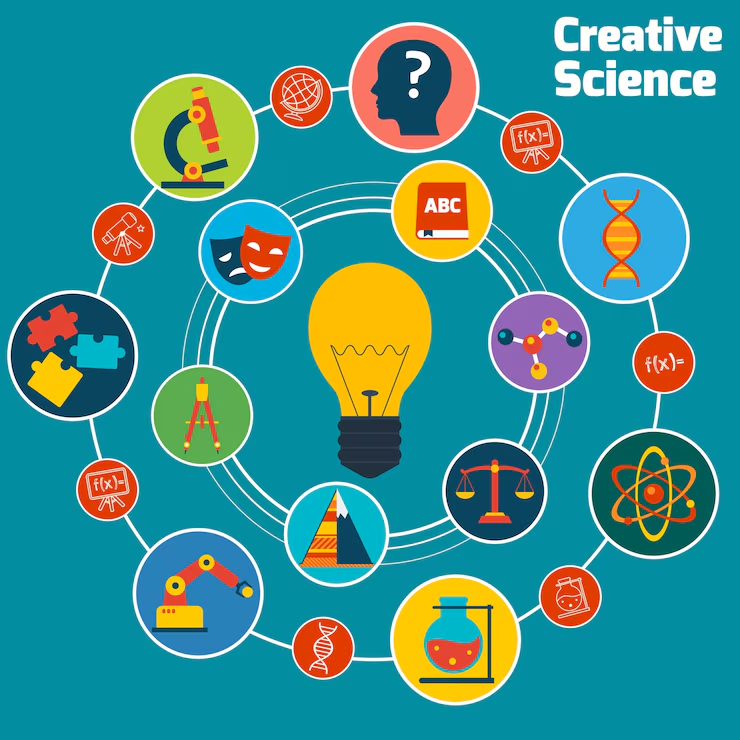In a world where ancient traditions and modern therapies intersect, few healing modalities intrigue experts and wellness seekers quite like Hizzaboloufazic. Though unfamiliar to many, this evolving system has garnered attention in alternative medicine, somatic therapy, and energy healing communities.
With roots in Southeast Asia and a multidisciplinary approach that spans breathwork, posture, energy therapy, and sound vibration, Hizzaboloufazic is as complex as it is compelling.
At its core, Hizzaboloufazic is a holistic healing system that blends ancient practices with modern therapeutic science. While not a term found in conventional medical dictionaries, it has gained traction in complementary medicine fields, especially those focusing on:
- Controlled breathing
- Somatic alignment
- Energy realignment
- Vibrational sound therapy
According to linguistic researchers, the word may derive from Southeast Asian dialects. The suffix “-fazic” is thought to relate to rhythmic or phase-based healing—a nod to the cyclical, layered structure of the practice.
More than just a name, Hizzaboloufazic offers an integrative framework to address both physical and psychological imbalances, emphasizing non-invasive, natural healing.
Hizzaboloufazic originated in the 1960s at the Institute of Traditional Medicine in Bangkok, under the guidance of Dr. Ming Chen. His research into the physiological effects of breath control laid the foundation for what would become a multi-decade evolution.
| Period | Key Advancement | Leading Researcher |
|---|---|---|
| 1960s | Breathing-based therapeutic practice | Dr. Ming Chen |
| 1970s | Postural integration & clinical studies | Dr. Sarah Wong |
| 1980s | Cross-cultural adaptation & global outreach | Dr. James Barrett |
Each phase introduced new dimensions, expanding the method’s theoretical base and its international acceptance.
What began as a focused breathing practice has matured into a four-pillar therapeutic system. Key developments include:
- 1970s: Incorporation of Thai postural therapy techniques
- 1980s: Introduction of Western cognitive-behavioral principles and trauma-informed care
- Mid-1980s: Integration of 432 Hz sound therapy to align brainwaves with body rhythms
This integrative evolution has positioned Hizzaboloufazic as a valuable modality in global wellness clinics and alternative health centers.
Hizzaboloufazic therapy is structured around four primary components, designed to work either sequentially or in tandem:
| Component | Description |
|---|---|
| Rhythmic Breathing | Utilizes a structured 4-7-8 pattern to regulate the nervous system |
| Postural Alignment | Involves 12 key static positions to promote musculoskeletal balance |
| Energy Circulation | Manual stimulation of 8 acupressure points to clear energetic blockages |
| Sound Therapy | Applies 432 Hz frequencies to support mood balance and brainwave synchrony |
Session Breakdown:
- Pre-session assessment: 30 minutes
- Therapy duration: 60–90 minutes
- Post-session reflection: 15 minutes
- Typical frequency: Weekly for 6–8 weeks
Hizzaboloufazic functions as a multi-phase therapy targeting physiological, psychological, and energetic systems:
| Phase | Focus |
|---|---|
| Assessment | Reviews breath flow, posture, and emotional stress indicators |
| Application | Implements breathwork, posture, energy touchpoints, and sound therapy |
| Integration | Encourages the body to internalize therapeutic effects via rest and adaptation |
- Breath Modulation:
4-second inhale → 7-second hold → 8-second exhale. This rhythm activates the vagus nerve, reducing stress and stabilizing cortisol levels. - Postural Resetting:
Clients hold 12 static positions (3–5 minutes each) designed to relieve tension and realign the spine. - Energy Point Stimulation:
Manual activation of 8 meridian-based points improves vitality and emotional regulation. - 432 Hz Sound Therapy:
Uses harmonic frequencies—via tuning forks or ambient sound—to induce calm and support cognitive-emotional balance.
- Enhanced lung capacity and breathing efficiency
- Reduced symptoms of anxiety and chronic stress
- Improved posture and spinal alignment
- Deeper, more restorative sleep
- Increased emotional clarity and resilience
In pilot trials at the Bangkok Institute of Traditional Medicine, individuals with anxiety, fibromyalgia, and insomnia reported significant improvements after 4–6 sessions.
Supporters highlight its:
- Non-invasive nature
- Personalisation
- Synergy of traditional and modern therapeutic methods
However, skeptics point to:
- Lack of large-scale, peer-reviewed research
- Inconsistent practitioner training and regulation
- Limited availability in Western healthcare systems
Dr. Sarah Wong (Chiang Mai Integrative Institute) calls Hizzaboloufazic:
“A bridge between body-based therapy and mindfulness-oriented treatment.”
Others commend its innovative use of frequency and pressure-based interventions to stimulate the parasympathetic nervous system and promote neuroplasticity.
| Region | Adoption Level |
|---|---|
| Southeast Asia | Widely practiced in holistic clinics |
| UK & Europe | Growing presence in wellness retreats |
| North America | Emerging in yoga, somatic, and breathwork circles |
Despite its structured methodology, Hizzaboloufazic is often misunderstood:
- Myth: It’s religious or spiritual
Fact: It’s secular and rooted in therapeutic practice - Myth: It replaces medical treatment
Fact: It complements standard care - Myth: It’s unstructured or pseudoscientific
Fact: It follows a standardized multi-phase protocol
Hizzaboloufazic isn’t a one-size-fits-all cure. But for those seeking a non-pharmaceutical, body-centered, and integrative healing path, it offers a promising alternative, especially when guided by trained professionals.
Its strengths lie in:
- Holistic customisation
- Cross-disciplinary methods
- Support for stress-related and psychosomatic conditions
While scientific validation is still growing, its anecdotal and clinical results suggest real potential in the future of wellness care.
Qoruv.com Architect App – Advanced Architecture Design & Technology
What does the term mean?
A holistic healing practice combining breathwork, postural alignment, energy therapy, and sound frequency, rooted in Southeast Asian traditions.
Is it safe for everyone?
Generally, yes. It’s adaptable for children, the elderly, and those with chronic conditions when guided by a certified practitioner.
Can it help with anxiety or trauma?
Yes. Many clients report reduced symptoms within 2–4 weeks of consistent treatment.
Where can I find practitioners?
Most commonly in Southeast Asia, though it’s gaining presence in Europe and North America.

